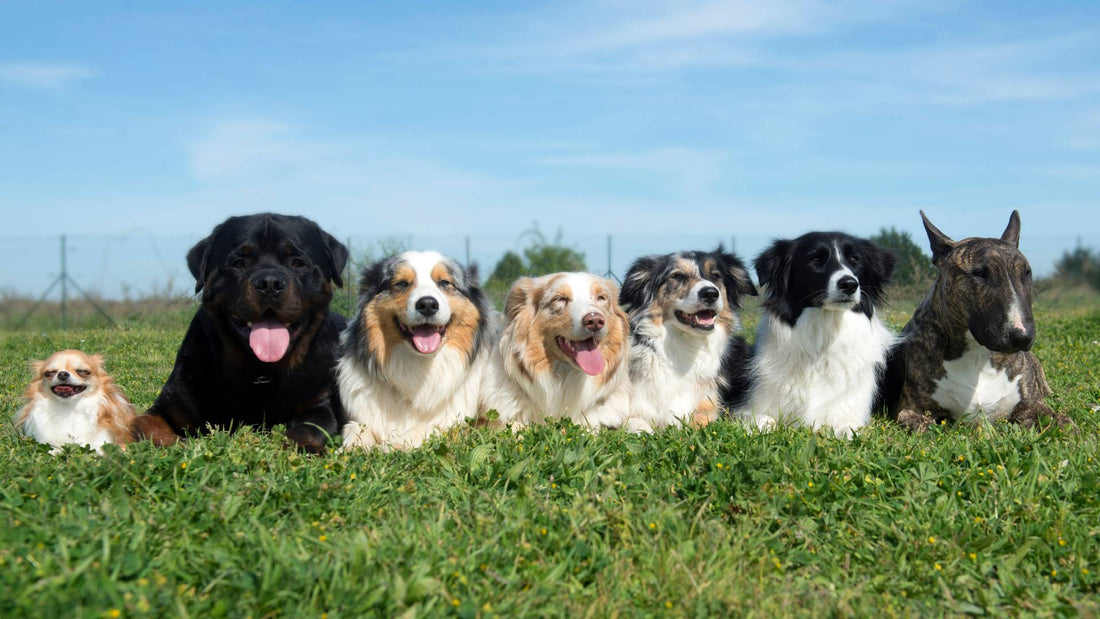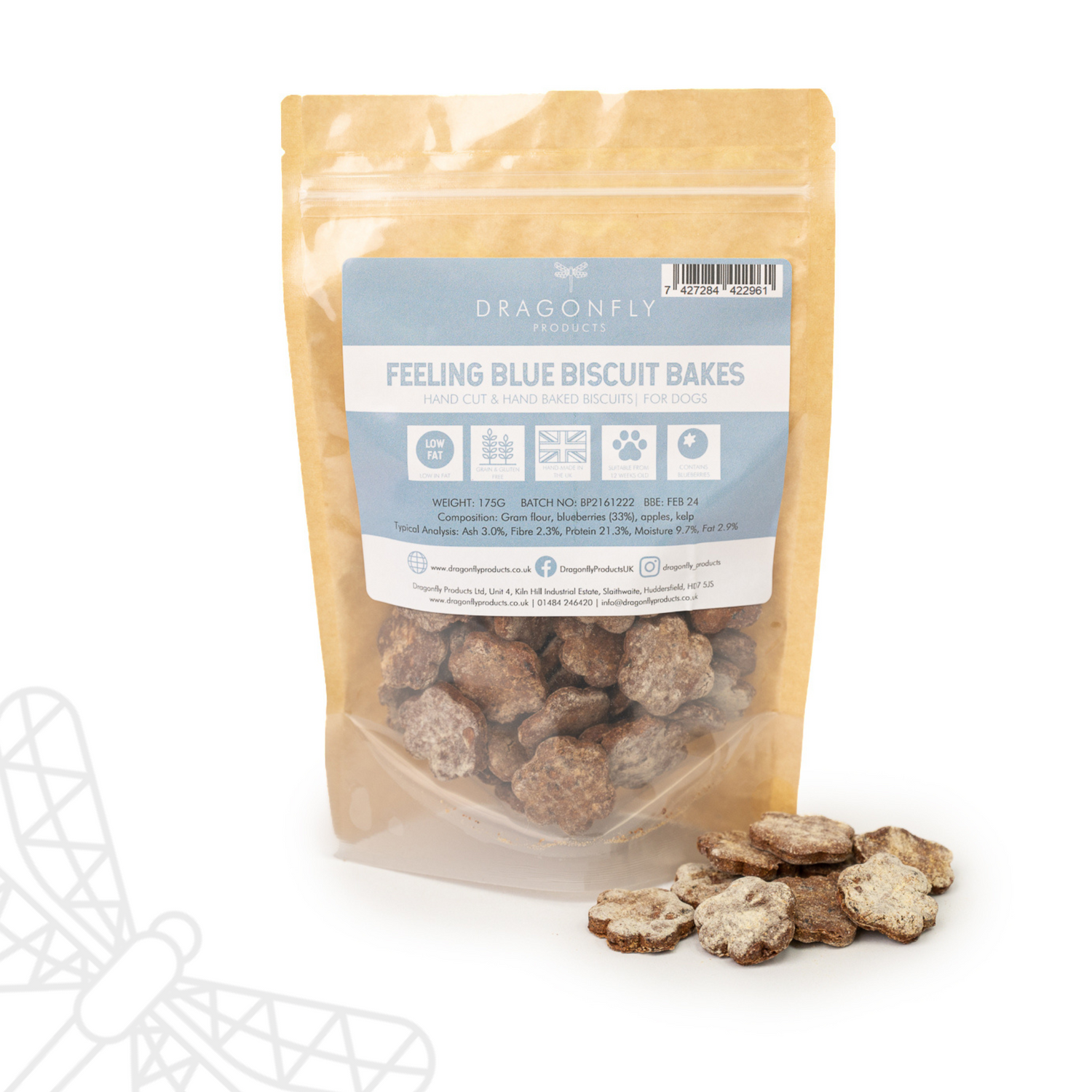
Understanding the Expected Weights of Adult Dog Breeds
When choosing a dog or caring for a growing puppy, one of the most important things to know is how large they’re likely to get. This guide lists the expected adult weights of popular dog breeds—information that’s not only helpful when selecting a pet, but also essential for planning their nutrition and care.
💡 Why is adult weight important for feeding puppies?
Puppy food portions are typically based on your dog’s expected adult weight—not their current weight. That’s because puppies grow quickly and need the right amount of energy, protein, and nutrients to support healthy development. Feeding guidelines found on most puppy food packaging will recommend portion sizes based on how big your dog will be once fully grown.
By using this table, you can estimate your dog’s target adult weight and use that figure to:
-
Choose the right type of puppy food (small, medium, large breed)
-
Follow accurate portion guidelines for each stage of growth
-
Avoid overfeeding or underfeeding during critical development phases
Whether you’re raising a toy-sized terrier or a future gentle giant, this guide will help you feed them confidently and support their growth every step of the way.
| Breed | Female Weight (kg) | Male Weight (kg) |
|---|---|---|
| Affenpinscher | 3–4 | 3–4 |
| Afghan Hound | 23–27 | 27–30 |
| Airedale Terrier | 18–20 | 20–23 |
| Akita | 34–50 | 45–59 |
| Alaskan Malamute | 32–38 | 36–43 |
| American Bulldog | 27–32 | 30–40 |
| American Cocker Spaniel | 9–13 | 10–14 |
| American Staffordshire Terrier | 18–25 | 25–30 |
| Anatolian Shepherd | 40–55 | 50–65 |
| Australian Cattle Dog | 16–20 | 17–23 |
| Australian Kelpie | 11–14 | 14–20 |
| Australian Shepherd | 16–25 | 25–32 |
| Australian Terrier | 5–7 | 5–7 |
| Basenji | 9–11 | 10–12 |
| Basset Hound | 20–27 | 23–29 |
| Beagle | 9–11 | 10–12 |
| Bearded Collie | 18–25 | 20–27 |
| Bedlington Terrier | 7–10 | 8–11 |
| Belgian Malinois | 20–25 | 25–30 |
| Bernese Mountain Dog | 36–48 | 38–50 |
| Bichon Frise | 5–8 | 5–8 |
| Bloodhound | 36–45 | 40–50 |
| Border Collie | 14–20 | 16–23 |
| Border Terrier | 5–7 | 6–8 |
| Borzoi | 27–39 | 34–47 |
| Boston Terrier | 5–11 | 6–12 |
| Boxer | 25–29 | 27–32 |
| Briard | 30–40 | 35–45 |
| British Bulldog | 18–23 | 23–25 |
| Brittany | 13–18 | 14–19 |
| Bull Terrier | 20–27 | 22–30 |
| Bullmastiff | 45–54 | 50–59 |
| Cairn Terrier | 6–7 | 7–8 |
| Cane Corso | 40–45 | 45–50 |
| Cavalier King Charles Spaniel | 5–8 | 5–8 |
| Chihuahua | 1.5–3 | 1.5–3 |
| Chinese Crested | 4–6 | 4–6 |
| Chow Chow | 20–27 | 25–32 |
| Clumber Spaniel | 25–32 | 27–34 |
| Cocker Spaniel | 12–15 | 13–16 |
| Collie | 18–25 | 20–29 |
| Corgi | 10–14 | 11–15 |
| Dachshund (Standard) | 7–15 | 8–16 |
| Dalmatian | 24–29 | 27–32 |
| Dobermann | 32–35 | 40–45 |
| Dogue de Bordeaux | 45–50 | 50–65 |
| English Bulldog | 22–25 | 25–27 |
| English Springer Spaniel | 18–22 | 20–25 |
| French Bulldog | 8–13 | 9–14 |
| German Shepherd | 22–32 | 30–40 |
| Golden Retriever | 25–32 | 30–36 |
| Great Dane | 45–59 | 54–90 |
| Greyhound | 27–32 | 30–40 |
| Irish Setter | 25–29 | 27–32 |
| Irish Wolfhound | 40–60 | 50–75 |
| Jack Russell Terrier | 5–7 | 6–8 |
| Japanese Chin | 1.5–4 | 1.5–4 |
| King Charles Spaniel | 3.6–6.4 | 3.6–6.4 |
| Labrador Retriever | 25–32 | 29–36 |
| Lhasa Apso | 5–7 | 6–8 |
| Maltese | 3–4 | 3–4 |
| Miniature Pinscher | 4–5 | 4–5 |
| Miniature Schnauzer | 5–9 | 6–9 |
| Newfoundland | 50–65 | 60–70 |
| Papillon | 3–4.5 | 3–4.5 |
| Pekingese | 3.2–6.4 | 3.2–6.4 |
| Pointer | 20–30 | 25–34 |
| Pomeranian | 1.4–3.2 | 1.4–3.2 |
| Poodle | 2–32 | 2–32 |
| Pug | 6–9 | 7–10 |
| Rottweiler | 35–48 | 50–60 |
| Saint Bernard | 64–81 | 64–120 |
| Samoyed | 16–20 | 20–30 |
| Schnauzer | 5–48 | 6–50 |
| Scottish Terrier | 8–10 | 9–11 |
| Shih Tzu | 4–7.5 | 4–7.5 |
| Siberian Husky | 16–23 | 20–27 |
| Staffordshire Bull Terrier | 11–15 | 13–17 |
| Weimaraner | 25–35 | 30–40 |
| West Highland White Terrier | 6–8 | 7–10 |
| Whippet | 11–14 | 13–15 |
| Yorkshire Terrier | 2–3.2 | 2–3.2 |
For any further help and advice please contact us on 01484 246420 and why not join our social media channels and online community on Instagram, Facebook or YouTube.
With Wags and Woofs,
Laura, Dolly & Reggie


